Handmade potholders and trivets are a great way to decorate your home with a personal flair and learn new stitching techniques on small projects. When you’re making things that interact with high heat, though, it’s important to choose the right yarn. Let’s talk about some characteristics I look for in the perfect yarn, and then toward the end of this post, I will have some specific yarn recommendations and a free potholder knitting pattern for you.
This post contains affiliate links, which means if you choose to buy something through those links, I’ll receive a small commission at no extra cost to you. I will always identify affiliate links for you. Thanks for supporting my work!
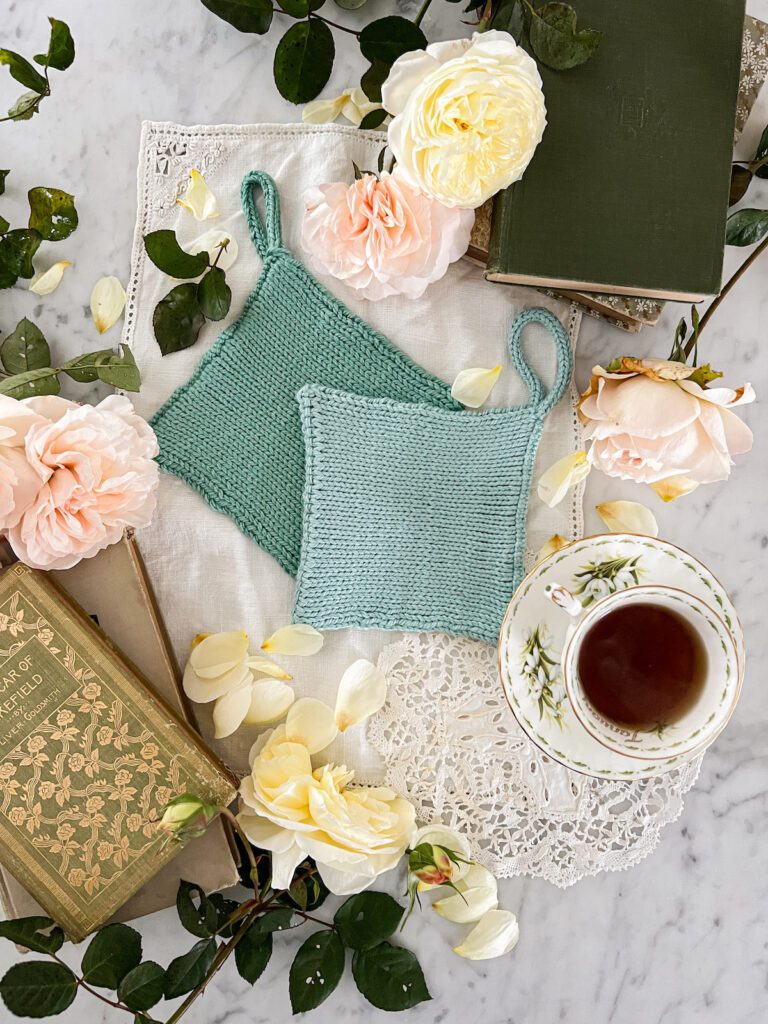
Special requirements for yarn used in the kitchen
Yarn that is going to be used for kitchen items or in other environments with high heat and food involved need to fit certain characteristics. Let’s talk about some of the special conditions that are present in this environment and how a yard can account for them.
First, any pot holder, hot pad, or trivet is going to need to be able to stand up to high temperatures. This is especially true for things that will come into prolonged contact with hot pots or other containers. It’s also true if you cook with very high heat (but um, please try not to expose your project directly to open flame, it won’t go well).
Second, you’ll want a material that is easily washable. That’s because, if you are using your handmade item as a pot holder or hot pad, odds are pretty high that it will get splashed with food at some point. If your kitchen is anything like mine, there’s a lot of olive oil, tomato sauce, barbecue sauce, soy sauce, red wine, and other dark liquids getting splashed around on a regular basis. That means you’ll need to be able to wash your finished object, preferably by just tossing it in the washing machine with all your other towels and potholders.
Finally, items used in the kitchen tend to get a lot of wear and tear. Translation: you want a yarn with a durable construction.
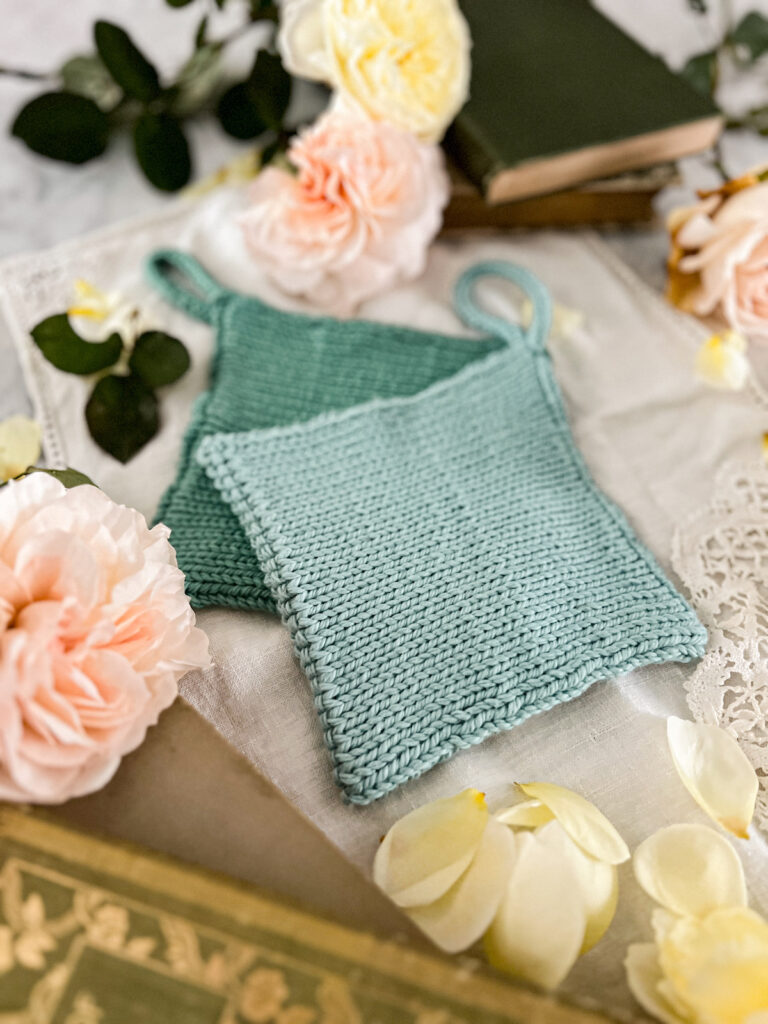
Which fibers are the best choice for knitting potholders and hot pads?
When I sat down to work on this blog post, I thought about which yarns most of us have in our stash and which yarns are most easily available at major craft stores. For the most part, those yarns are probably going to be made of three different fibers: wool, cotton, or acrylic, or some combination thereof. With that in mind, let’s take a look at each of those major fiber categories and analyze their pros and cons in the kitchen context.
Wool definitely has its benefits. It’s a pretty durable fiber, and it doesn’t catch on fire easily. That means that you are less likely to have negative effects from it coming into contact with heat. However, wool does felt easily, and even superwash wool can be more difficult to wash and care for than its cotton or acrylic counterparts would be. You can account for this somewhat by pre-felting your pot holder or trivet. If you knit a very large pot holder out of wool fiber and then intentionally felt it in the washer and dryer, then it will be both very thick and easier to wash in the future.
The main benefit of acrylic yarn is that it’s very easy to care for. You throw it in the washer and dryer, pull it back out, and put it back to work. However, its major drawback is that acrylic yarn melts. It’s one of the most popular synthetic yarns, but it is essentially plastic in yarn form. If you are setting it under a very hot pan for an extended period of time or using it to hold a very hot pan handle, you may melt the fibers.
Cotton is a popular choice for kitchen knits. It’s easy to wash and dry, and unlike acrylic, it doesn’t melt when it comes in contact with high heat. It’s not quite so insulated as wool is, but if you knit or crochet a very thick pot holder, it’ll do the job just fine. It does burn more easily than wool yarn does, though, so you’ll need to be more careful using it around a lit burner.
With that in mind, and considering all of the pros and cons, I do really think that yarn made from natural fibers and specifically cotton is the best yarn for making potholders and trivets. I prefer a pure cotton so that the there’s no risk of synthetic fibers in the mix starting to melt when in contact with high heat.
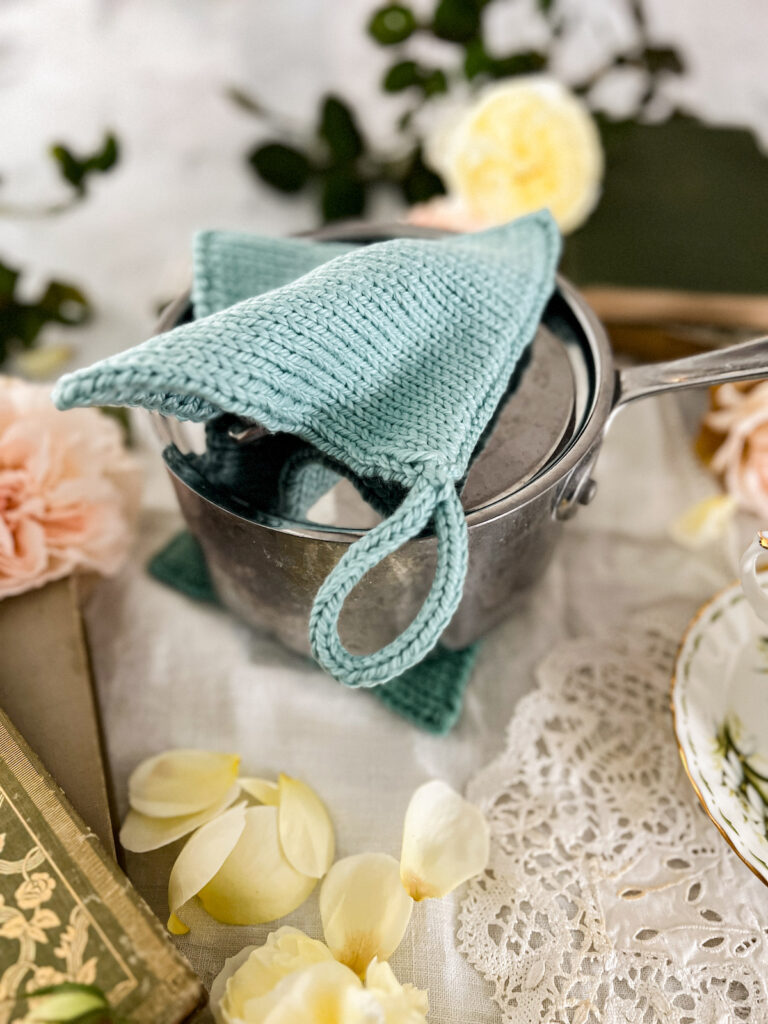
What yarn weight is best for potholders and hot pads?
When you’re knitting something that will come into prolonged contact with heat, you don’t want it to be too delicate, for a few different reasons. For one thing, prolonged exposure to heat will, over time, damage the fibers in your yarn. This is true no matter which fiber content you choose. When you place hot pans on your potholder or use it to pick up hot items, you increase the rate of wear on the fibers.
For another, your crochet or knit potholder is meant to protect you (or your table!) from high heat. If it’s too thin, the heat will seep through more quickly. Thinner yarn will create a thinner finished fabric, even if you are doing double knitting or crocheting with extra tight single crochet stitches (I generally don’t think double crochet is the best stitch for pot holders because there are larger gaps between the stitches where your skin can come into contact with a hot surface).
With that in mind, I suggest using only worsted weight or thicker yarn for making your hot pads and potholders. A thick yarn will have more material in it, so it’ll take longer for it to wear through than it would for a finer yarn. The dense fabric created by these yarns will also better protect you and your tables from high heat.
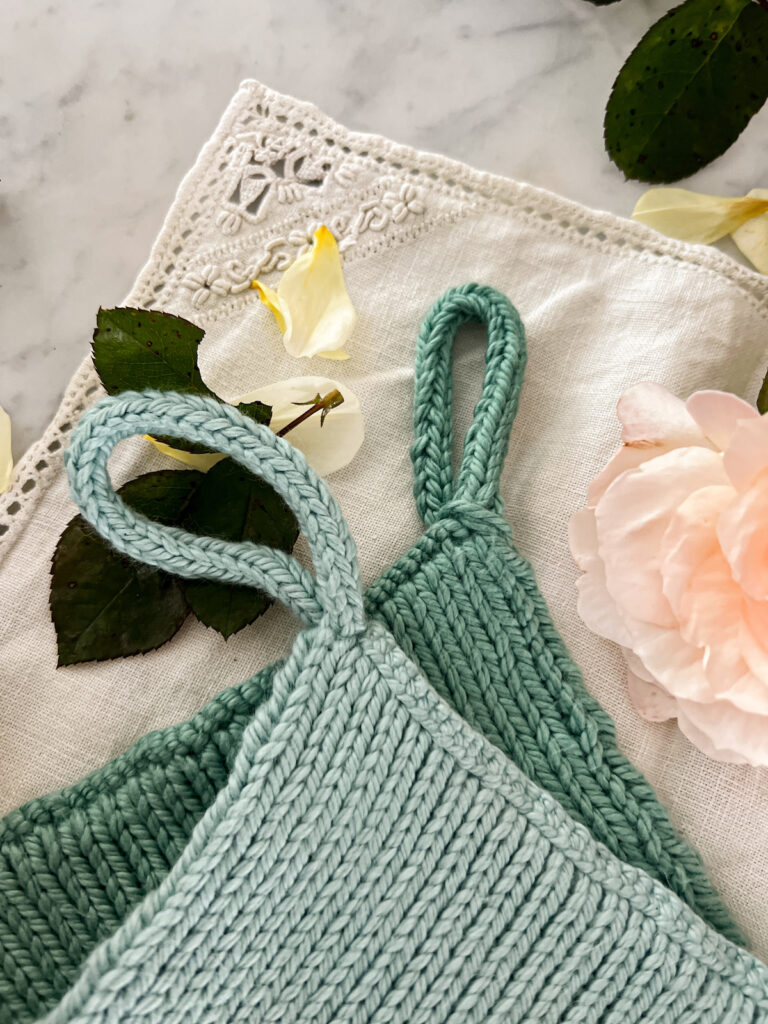
What yarn construction is best for potholders and hot pads?
Don’t choose a soft, fluffy yarn for these projects. You want a high-twist, multi-ply yarn that is going to hold up well under lots of use and lots of washing. The more plies you have and the tighter the twist, the more durable the yarn will be.
That’s important because, as mentioned above, the heat from using your potholders and hot pads will cause the yarn to deteriorate more quickly. You’ll also be washing these things a lot, which will further increase the rate of wear and tear on them. If you choose a yarn with a multi-ply construction and a tight twist, your work will be more likely to hold up under heavy use.
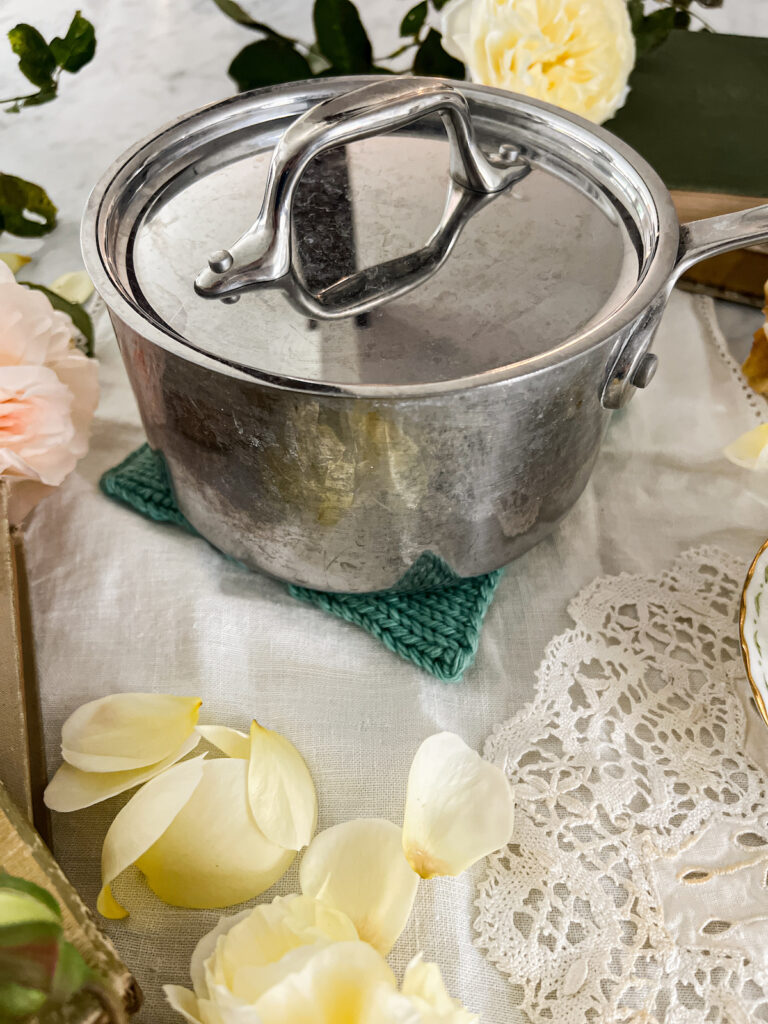
The best yarns for potholders and hot pads
Now that we’ve spent some time covering the characteristics that will help you make the perfect choice, let’s take a look at three different yarns that I recommend for knit or crocheted potholders.
1. Lily Sugar ‘n’ Cream (affiliate link)
This budget yarn is a real workhorse. You can find it at any just about any local craft store (including big chains like Michaels and Joann), and it comes in a huge range of colors. I’ve made a bunch of potholders and hot pads using this yarn over the years, and I’ve been quite pleased with how well it has held up. Heck, I’ve even made an entire blanket out of the stuff. It’s cheap, it’s durable, and it’s effective. Overall, this yarn is a good choice for the budget-conscious crafter.
This is the yarn I used for the potholders you see in this blog post. I love how thick and glossy this yarn is, and the beautiful colors feel like a fresh bouquet of spring flowers. If you want something that is a more pleasant experience than the Sugar ‘n’ Cream is, this yarn is a fantastic choice. It is definitely more expensive than the Sugar ‘n’ Cream, but in exchange for that higher price tag, you will get a really luscious cotton yarn that looks great and feels great. Sami XL will work up into a denser fabric than either of the other two options here, too.
3. Lion Brand 24/7 Cotton (affiliate link)
This is a 100% cotton, worsted-weight yarn much like the Lily Sugar ‘n’ Cream, except for the fact that the cotton has been mercerized. The process of mercerization makes the yarn smoother and softer, but it also slightly decreases the yarn’s ability to absorb water. If you’re planning to use your potholder just to hold hot surfaces, that won’t matter much, but if you’re like to make matching kitchen decor like dish cloths or towels, this might be something to consider.
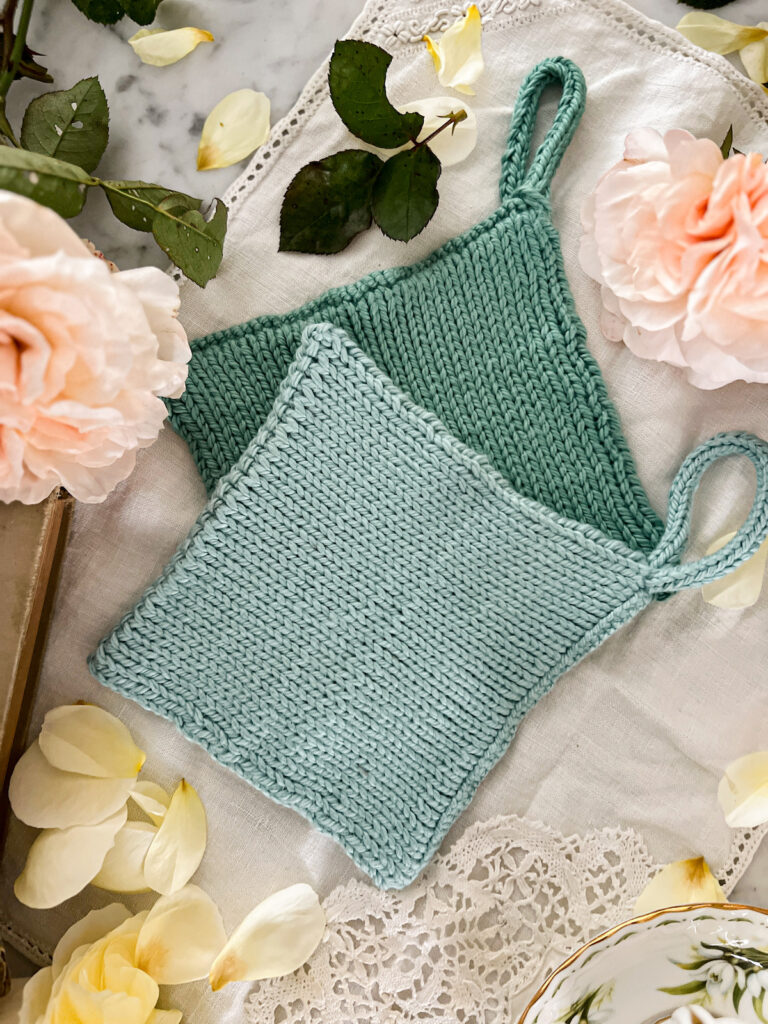
A free pattern for a knit pot holder or hot pad
Want to make your own version of the potholders you see in the blog post? I’ve got you covered. Here’s a quick and easy free knitting pattern for a pot holder or hot pad. This easy project is great for keeping your own kitchen stocked or for giving to friends as a housewarming gift.
For this project, you’ll need 55 yds (50 m) of Amano Yarns Sami XL yarn or a similar worsted-weight cotton yarn.
1. Using the long tail cast on method and US size 6 (4 mm) knitting needles, cast on 50 stitches.
2. Slip one with yarn in front, knit one, repeat to end of row. Turn.
3. Repeat step 2 until potholder reaches desired size.
4. Bind off until three stitches remain. Using double pointed needles, work a 4 inch long i-cord.
5. Bind off i-cord and secure loose end to pot holder to form a hanging loop. Soak in cool water, squeeze out gently, and lay flat to dry. Enjoy!
One last note before I go: choosing yarn for any project is a bit of a process. While I do a lot of accessories and housewares, I don’t have much insight into knit or crocheted stuffies. Luckily, my friend Teresa of Classical Songbird Knits has a whole guide to help you choose the best yarn for your next stuffed animal project.
Let’s stay connected!
Join my newsletter for 30% off all new releases, regular updates with helpful tips and tricks, first crack at registration for upcoming workshops, exclusive discounts, and more.
Join the A Bee In The Bonnet Facebook Group to participate in knitalongs and other fun community events
Come hang out with me on the A Bee In The Bonnet TikTok
Follow along on the A Bee In The Bonnet Instagram
Get inspired via the A Bee In The Bonnet Pinterest

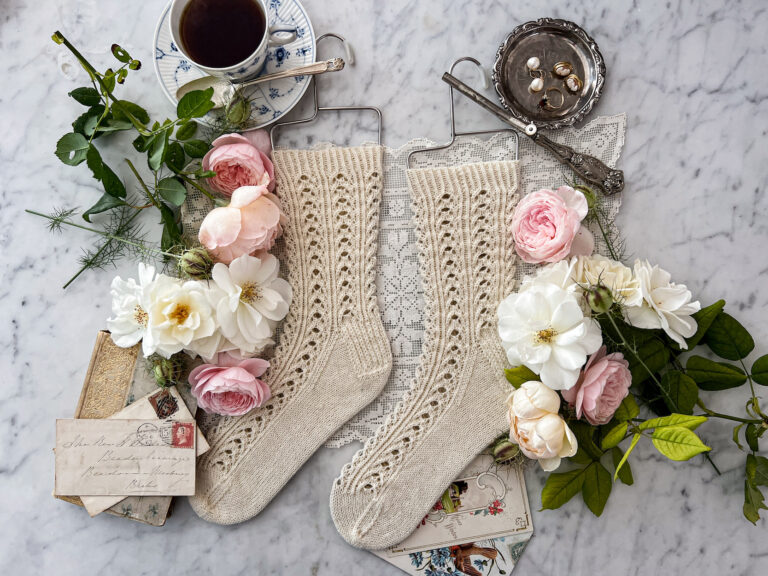
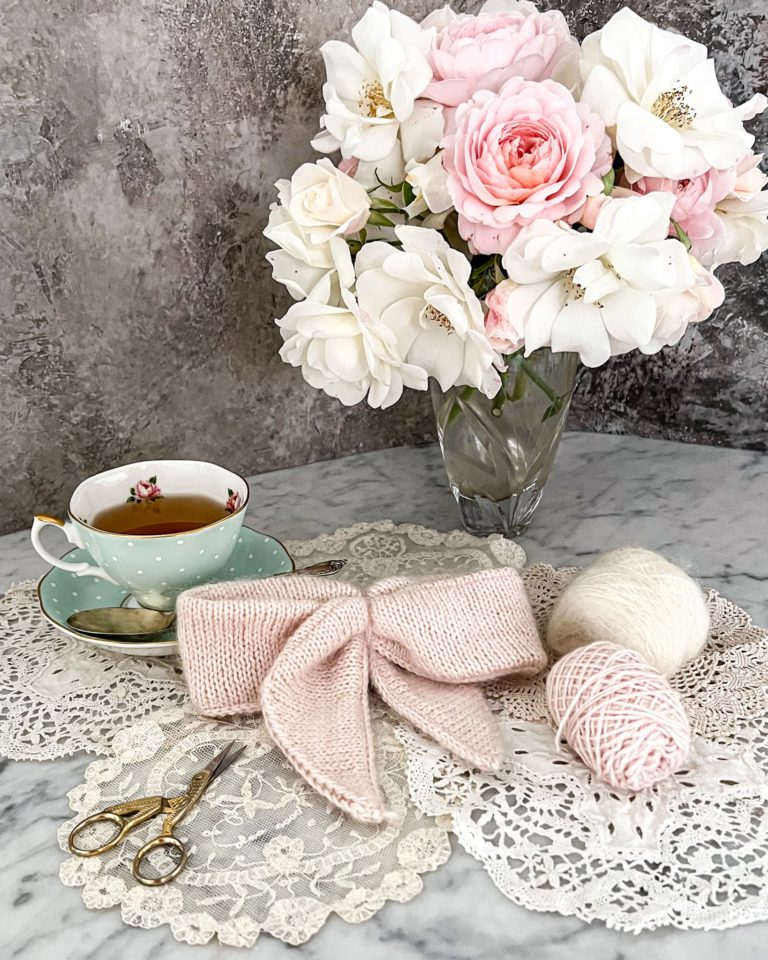
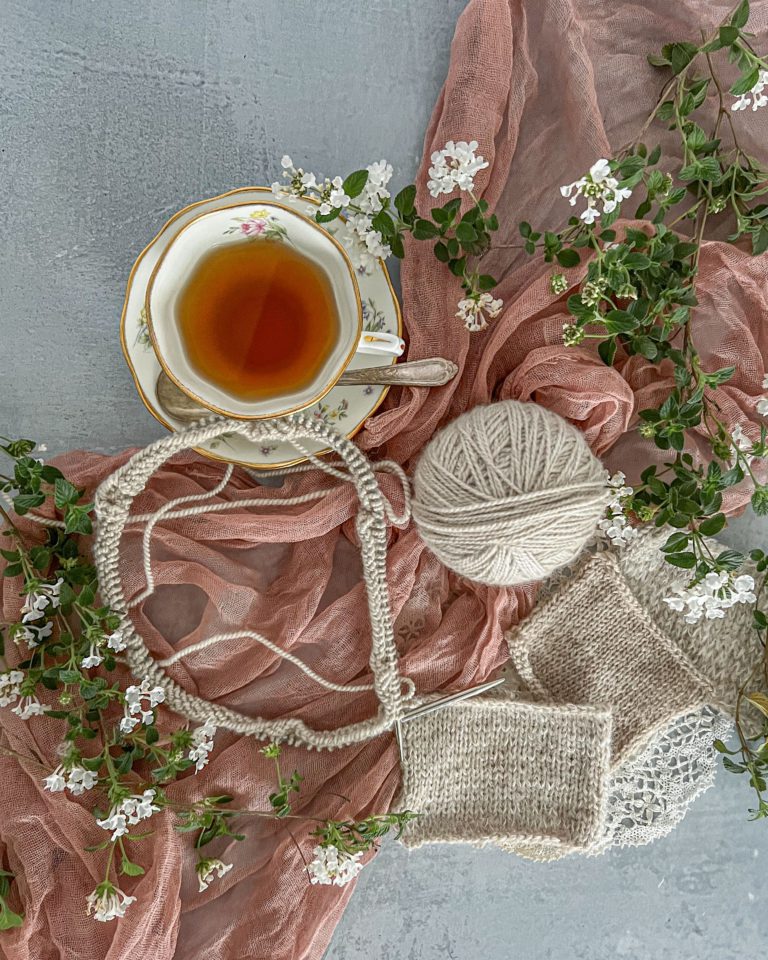
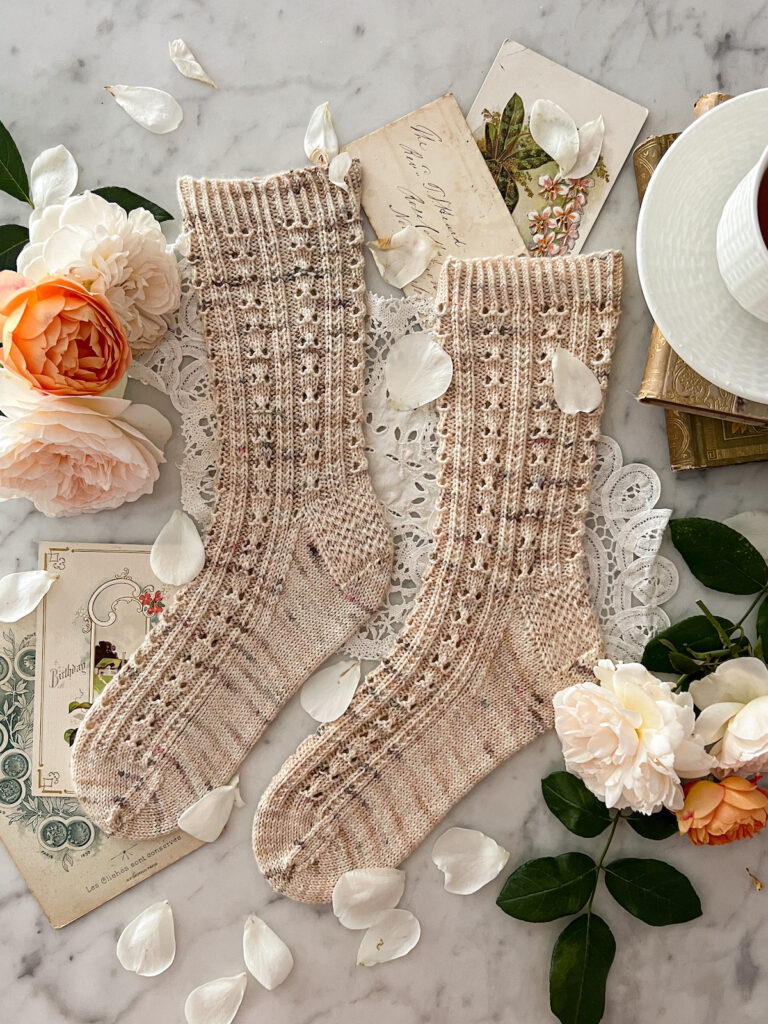
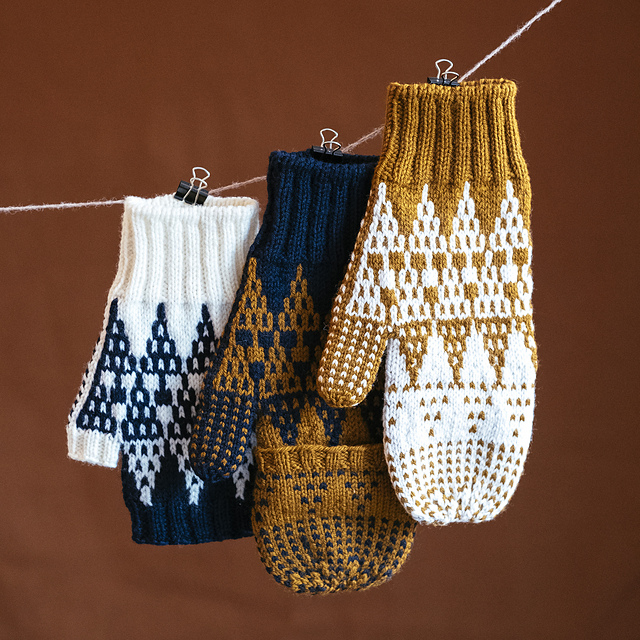
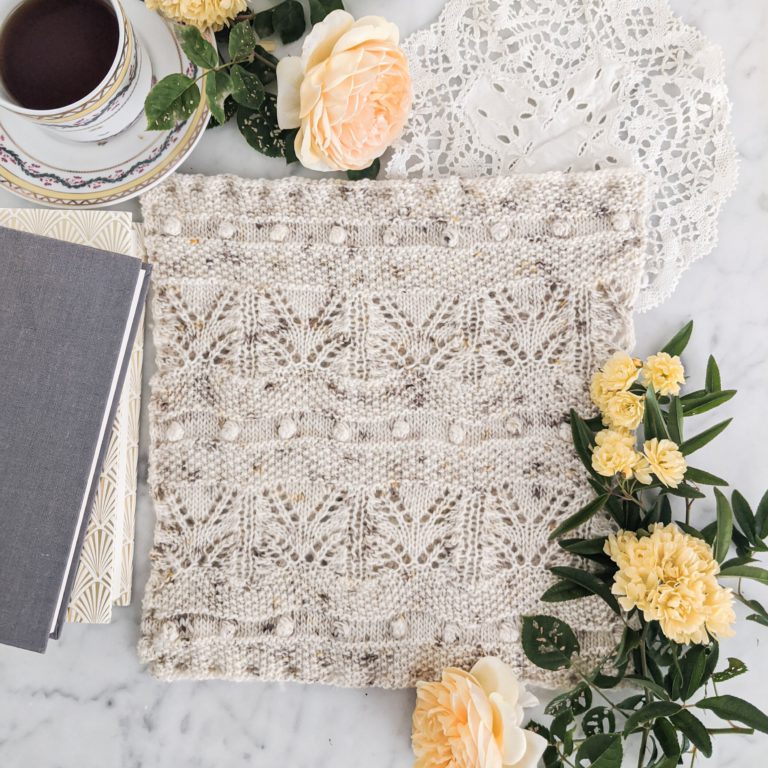
Thank you! I’ve used cotton-linen mixes too in the past (for the bathroom but it also gets washed a lot)
So helpful, thank you for your insight on cottons. I also make(with larger needles)washcloths. The airier fabric makes them dry faster.
Thank you for info on pot holders and pattern.
I have a question! I started your pot holder pattern using Loops & Threads Classic Cotton. Since it’s a Medium (4 weight), I doubled it and cast on 50 stitches on size 6 needles. Fifty stitches seemed HUGE, so I took it apart and cast on 30 stitches. It started out about an inch bigger than my kitchen potholder, but now that I’m 3 inches in, it is almost an inch smaller than the pot holder. It’s nice and thick so that’s fine, but now I’m thinking I need to take it apart again and cast on the 50 stitches. Tell me it’s supposed to “shrink” as I knit and that’s why you cast on 50 stitches, or am I doing something wrong?
Thanks SO much!
That’s exactly it! Although you cast on 50 stitches, you’re only knitting 25 stitches on each side and slipping the other stitches, so it shrinks quite a bit.
@Lauren Rad,
THANK you! So appreciate your taking the time to answer as I was really doubting myself. Can’t wait to start again. 🙂